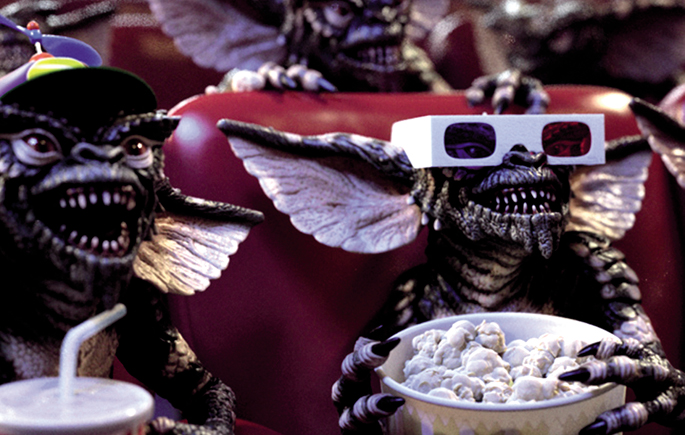

Hollywood, 1984 Film director Joe Dante premiered the film Gremlins. The protagonists of this horror comedy, Gremlin, who was born from a mogway called Gizmo, put a people in the United States on their feet. And all because the owner of Gizmo has not complied with the three basic standards that the seller has given him: do not approach the shiny mogwayes, do not give them water and, above all, do not eat it in less than half a night. The film got a good reward with over 150 million dollars. But in addition, naughty beings became icons of the 1980s.
But the gremlins were not an invention of the writers in the series. Some creatures from the tradition of Northern Europe were inspired. Legend has it that they were like duendes having fun sabotaging machines, causing errors and removing objects.
Until the 20th century they were not collected in writing. The first news about the gremlins appeared in the British newspapers after World War I. Factory workers were particularly concerned, as the gremlins disagreed with the progress of the Industrial Revolution.
But in World War II, they really started to believe in the gremlins -- or, by the way, not out loud. RAF pilots flying in the vicinity of the Middle East reportedly attributed accidents to small gremlins and did not appear to have a reason to be. The gremlins were introduced into the aeroplanes and damaged the motor or any other device that could have been used by the controllers.
The pilots would have believed that it was better to have beings with such destructive tastes on their side. That's why British pilots flying bombs in Germany started carrying gremlin dolls or drawing gremlines in the fuselage, because it brought them good luck.
In 1943, in the midst of war, RAF pilot Roald Dahl wrote the book The Gremlins, which narrates the travesuras of the smallest creatures. And there he explains, unscientifically, the origin of the fondness for the destruction of gremlins: the gremlines began to attack human beings because they built an aircraft factory in the forest where they lived and their houses were destroyed.